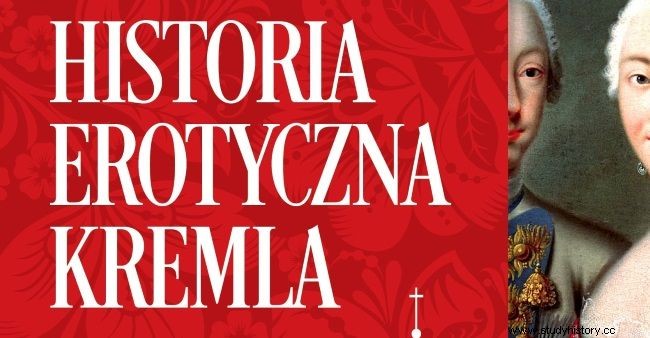Ivan IV the Terrible sowed terror among his subjects, and went down in history as the greatest tyrant of his era. But a monster in human skin was at the same time a loving husband. Although loving only his first wife, killed by treacherous subjects.
Ivan was not born under a good star. Apparently, on August 5, 1530, on the day of his family, a huge storm broke out over Moscow, and the predictions made at that time threatened that the boy would turn out to be the real Antichrist.
The boy's pedigree must have caused some scandal as well. Muscovite prince Vasyl dismissed his legal wife and locked her in a convent to prepare a place for another wife, the Tatar-Russian princess Helena. So he begot a descendant as a divorcee:against the tradition of the Church and against God's law.
The ruler did not enjoy the child for long. He died when Ivan was only three years old. The reign was taken over by a regency council headed by the tsarina. It was only thanks to the skillful actions of this woman and her ability to maneuver through the maze of intrigues that the heir lived to be elevated to the throne. As a minor figurehead, however, there was nothing he could do to save his mother. In 1538 Helena was poisoned and the boy was taken over by his relatives and officials.
Duke's duty
In 1547, Ivan became the first ruler of Moscow to be crowned tsar. And right after that, he set about carrying out his first key mission. The monarch was expected to marry as soon as possible and beget his own son.
Ivan decided not to look for a candidate abroad. Instead, he organized a review of native beauties. As Magali Delaloyle explains in the book "The Erotic History of the Kremlin" :
so it was decided to organize a kind of "maidens parade" from good boyar families. It was not a customary practice, but not entirely new either. Wasyl chose his wife this way.
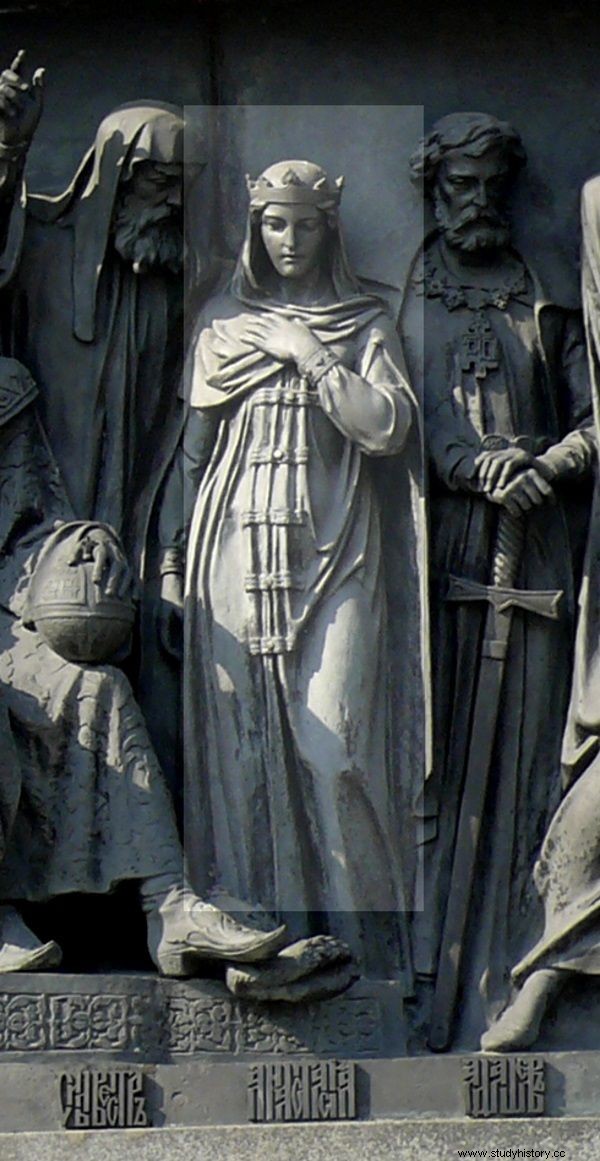
Anastazja Romanowna at the monument in Nowogród Wielki (photo:Дар Ветер, license CC BY-SA 3.0)
The young tsar apparently hoped that he would be as lucky as his father (this is how he chose Helena, who not only cheered up his old years, but also gave birth to Ivan himself). After a kind of casting, which attracted up to 1,500 beauties from both the finest and lesser Russian families, Ivan made a decision.
The ruler decided to marry Anastasia Romanovna Zacharyna (yes, of those Romanovs - the founder of the later dynasty was her nephew). At the same time, there are many indications that the ostentatious survey of the virgins was not needed at all. The Tsar was friends with the girl's two brothers, and one of her uncles was his guardian during Helena's regency, so he probably knew her before. Not only that:the later behavior of the monarch towards his wife suggests that ... it was the truest marriage of love!
Insane madness
Ivan really loved Anastasia. His wife was gentle, educated, modest and, above all, devoted to her husband. The couple were very close to each other. Anastasia had a powerful influence on her husband and softened his temper. Ivan was ready to do anything for her. As Daniel H. Shubin comments in his history of Russian Christianity:
[...] On February 3, 1547, the young Tsar Ivan married Anastasia Romanovna Zakharina, who brought stability in his early years and was the most beloved and loving of his seven wives.
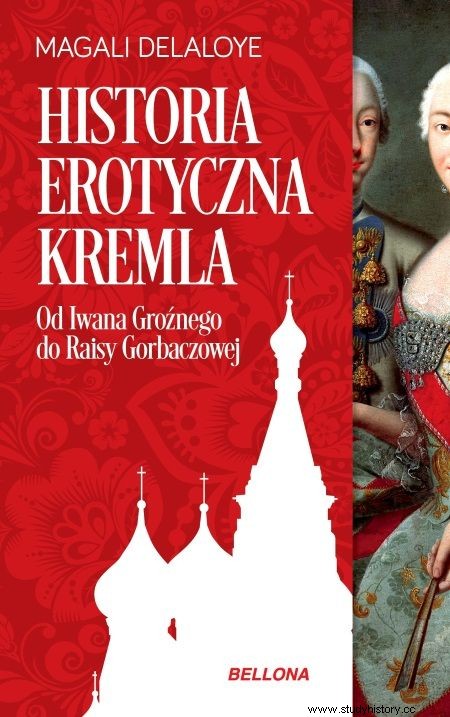
However, the couple's marital happiness was not complete. Anastasia and Ivan had six descendants over the course of several years of their life together, but only two sons lived to adulthood (including the future Tsar Fyodor I). In the summer of 1560, the tsarina fell ill and eventually died, as a result of which Ivan had a deep nervous breakdown. The ruler believed that his beloved wife had been poisoned by the boyars with whom he had argued for a long time.
After Anastasia's death, he fell into a rage. He believed that boyars were also waiting for his life. In order to ensure his safety and cut himself off from the old manor, full of murderous intrigues, he created a blindly faithful, selected formation whose members - oprichniki, quickly earned their notoriety. After several hundred years, it turned out that the Tsar was right in suspecting that someone had helped Anastasia to say goodbye to this world. In the 20th century, specialists examined his wife's remains and found traces of arsenic.
When Ivan recovered from the shock of his beloved's death, he began to look for another tsarina. Initially, he thought about a possible marriage with the Polish princess Anna Jagiellonka, or her more beautiful sister, Katarzyna. Ultimately, the older daughter of Bona Sforza became an old maid, and the younger one - the queen of Sweden and the Tsar found a wife further south.
Beautiful Circassian
He chose the Circassian princess Maria, who charmed him with her beauty. Women from this ethnic group are famous for their beauty. They are characterized by large eyes (green or gray-blue), a milky white complexion, and red or dark hair. Maria was 16 years old and her husband was almost twice as old. As Magali Delaloyle emphasizes in the book "The Erotic History of the Kremlin" although later sources depict her as a woman of a difficult character who had a bad influence on the Tsar, her contemporaries saw her as a sociable, kind and graceful person .
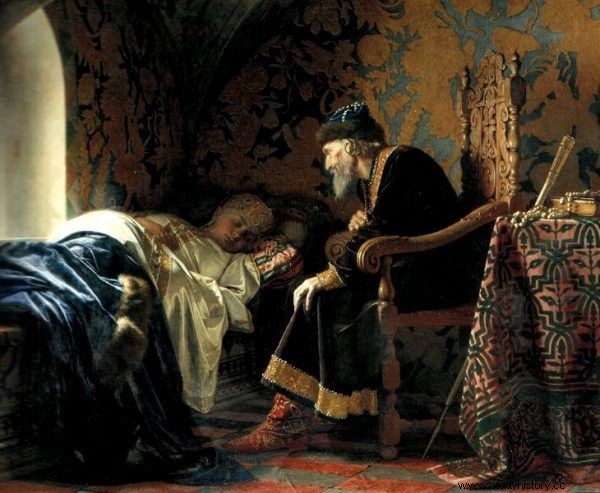
Ivan the Terrible admires his sleeping wife Vasilisa (photo:public domain)
Maria managed to give birth to Ivan one son, but he died in the cradle. She herself was not in good health herself. In 1569, she was seriously ill with tuberculosis. But Ivan wasn't going to feel too sorry for her.
He negotiated almost openly ... another marriage. The steppe woman had gotten bored with him, and she still hadn't given him any descendants. Her death in 1569 was a providential twist of fate for the tsar. He not only got rid of his wife who had fallen short of his hopes; he was also given an excuse to attack the boyars. Ivan began to spread terror and looked for traitors.
The tsar did not collapse as after his first companion in life. Coming soon as Magali Delaloyle writes :
[...] faced ... two thousand candidates! The tsar had added a slight change to his own idea:a medical examination. His choice fell on Marfa Sobakina from an old boyar family. As the bride and groom met and got to know each other, Ivan liked her and more.
The woman looked a bit like the late Tsarina Anastasia. In addition, her choice was suggested to Ivan Malyut Skuratov, who headed the oprichniki. The girl encouraged the Tsar so much that he did not give up on his marriage, even when she suddenly fell ill. A whole host of medics started to work to bring the future ruler to proper condition.
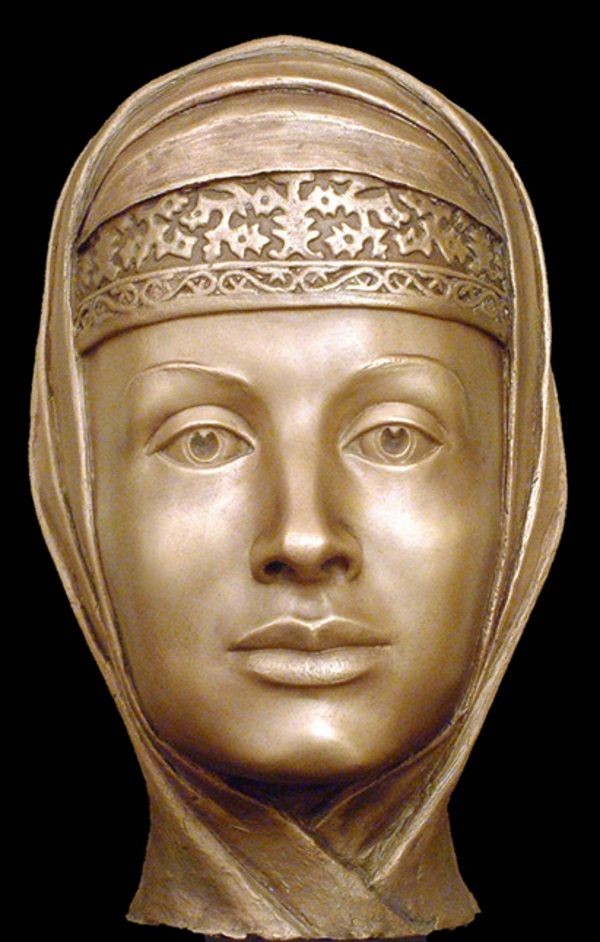
Reconstruction of the face of Marfa by Sergey Nikitin (photo S. Nikitin, license CC BY-SA 3.0)
The wedding took place, but the doctors did not live up to the challenge. Marfa did not regain her strength and died two weeks after the ceremony. It was officially announced that the marriage was not consummated, and the church synod allowed Ivan to marry again immediately. Meanwhile, Skuratov was convincing the tsar that once again his enemies had taken his wife with the help of poison, which was the cause of Ivan's more bouts of fury and a new wave of terror.
Up to seven times a piece
The next tsarina was Anna Kołtowska, who caught the ruler's eye already at the earlier parade of the candidates. The marriage was unsuccessful. When the tsarina did not get pregnant, Ivan decided to get rid of her. Against all his wives, Anna could bless her fate. The Tsar sent her back to the monastery in Tikhwin in the north-western part of the country, where she lived peacefully, surviving it for several dozen years. Meanwhile, Ivan was looking for his wife again. According to various legends, he married three more times - to Anna Wasilszczyk, Wasilisa Mielentiewa and Maria Nagoj, but he was never as close to any of them as to his first wife.
He was absolutely pragmatic about his later marriages. He only truly loved Anastasia, for whom he even gave up any extra-marital contacts. What's more, although he was vulgar and brutal towards boyars, he immediately softened in the presence of his chosen one, so as not to upset her.
If the boyars knew the effect that this woman's death would have on the ruler, perhaps they would never have allowed her to drink the poison intended for Ivan. It was they who, by killing her, from an affectionate and loving husband, with a great temperament, which was easily softened by his wife, created Ivan IV the Terrible, before whom all Moscow Ruthenia trembled.
Information sources:
- Delaloyle M., Erotic history of the Kremlin , Bellona 2018.
- De Madariaga I., Ivan the Terrible, Yale University Press 2005.
- Perrie M., The Cult of Ivan the Terrible in Stalin's Russia, Palgrave MacMillan 2001.
- Shubin D.H., A History od Russian Christianity, vol. I:From the Earliest Years through Tsar Ivan IV, Algora Publishing 2004.
- Skrynnikov R.G., Reign of Terror:Ivan IV, Brill 2016.
Learn about the spicy history of the Kremlin:
